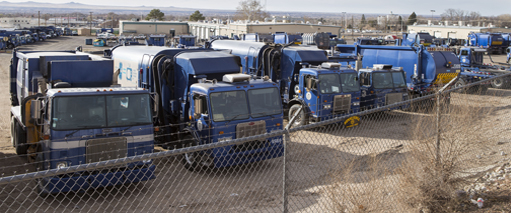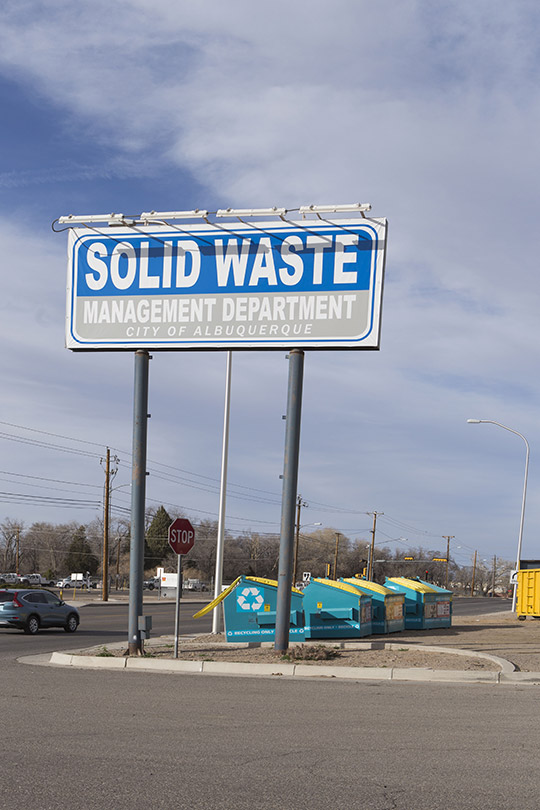Newscity: Garbage In, Garbage Out


Eric Williams
Latest Article|September 3, 2020|Free
::Making Grown Men Cry Since 1992


Eric Williams

